Callisia Repens (Turtle Vine Plant) Profile
Written by Iris
Nov 03 2021
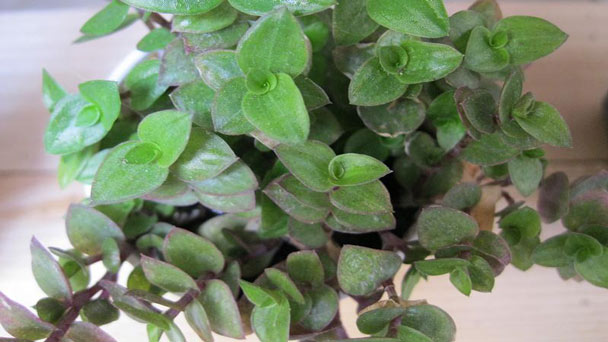
Extend your indoor garden with the subtle beauty of Callisia Repens (Turtle Vine Plant). Callisia Repens, this vibrant plant crawls along the surface of the soil, its stems eventually cascading along the edges of the container. Leaves an inch long are waxy and half fleshy. The green leaves on the purple stem and below add to the appeal of Callisia Repens and become more noticeable in colder temperatures.
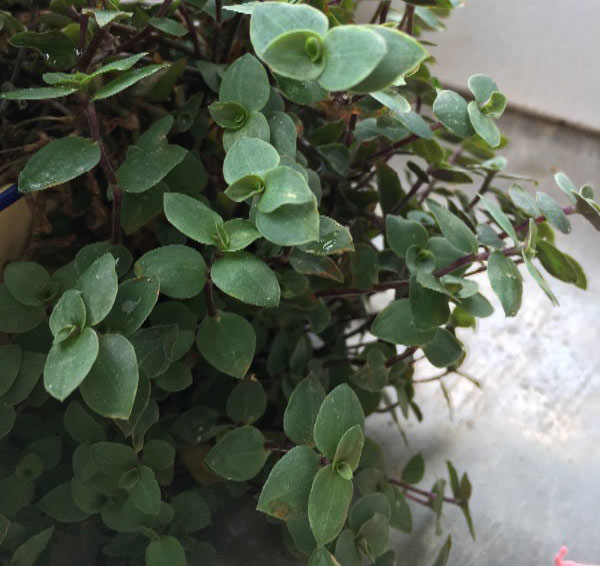
The lower surface of the leaf is purple. Colder temperatures have a tendency to bring out more purple. The stems have a watery sap and have nodes that are about 1 inch apart, hence it is called as inch plant. The blooms are small, and white in color. They are borne in clusters from the leaf axils. It blossoms from late spring to early fall. turtle vine can be used in container or pots, ground cover and hanging basket.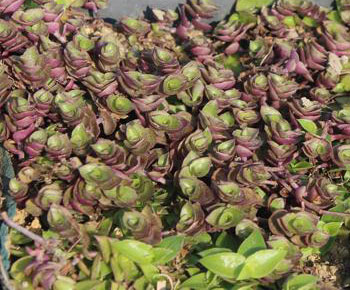
Use a mix of potting soil and perlite. Give the soil a good soaking through (ideally with something yummy like Groconut to encourage that initial root growth), and let all excess water drain out.
Within weeks Callisia Repens (Turtle vine) cuttings have rooted and are shooting out new leaves. Transporting them sucks a bit when it's time to pot up though. Try to do it in one clump if you can. Wait longer than you think to pot up, as Callisia Repens (Turtle vine) roots are annoyingly fine, so the more growth, and more tangled up they are together, the easier it is to repot.
Callisia Repens (Turtle vine) root so easily you could just prop straight in to the size of pot you'd want them in when big, but that needs a tonne more cuttings to cover the soil.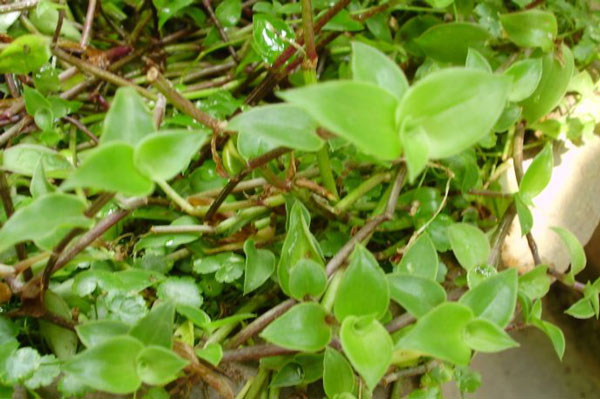
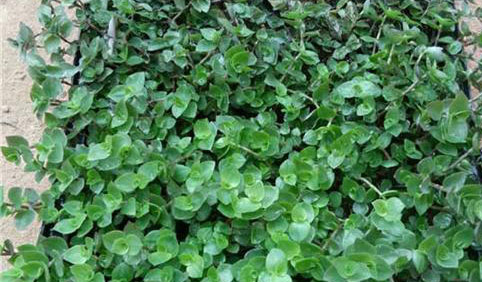
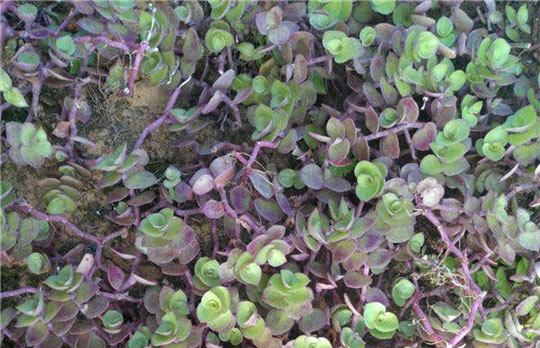
Both cats and dogs may experience a red, itchy rash when coming into contact with the plant. Additionally, this plant is known to contain calcium oxalate crystals, which may pose a problem when ingested by most pets.
While not considered invasive in the US, the Bolivian Jew plant has caused problems in Australia and a few other countries. It may also be considered a weed when allowed to grow wild.
Callisia Repens PictureCallisia Repens InfoCallisia Repens Ecological HabitsCallisia Repens DistributionCallisia Repens Propagation & CareCallisia Repens PropagationCallisia Repens CareUses of Callisia RepensLandscape UsesFeeding UsesCallisia Repens Common Pests/Diseases
Callisia Repens Picture

Callisia Repens Info
| Scientific Name | Callisia Repens |
| Common Names | Bolivian Jew, Turtle Vine Plant, Inch plant. |
| Family | Commelinaceae |
| Origin | Mexico, Central and South America |
| Height | Shoots can reach up to one meter in length. |
| Toxic | No. Can be fed to rodents, reptiles, birds and cats. |
| Repotting | Generally unnecessary. |
Callisia Repens Ecological Habits
Callisia Repens (Turtle vine plant or Inch Plant) is a perennial, ornamental, creeping herb with purplish stems, rooting at the nodes and often forming dense mats. The leaves are evergreen, simple, ovate with entire margins, waxy and measure up to 4 cm long and 2 cm wide, acute at the tip and rounded at the base and grayish green in color.The lower surface of the leaf is purple. Colder temperatures have a tendency to bring out more purple. The stems have a watery sap and have nodes that are about 1 inch apart, hence it is called as inch plant. The blooms are small, and white in color. They are borne in clusters from the leaf axils. It blossoms from late spring to early fall. turtle vine can be used in container or pots, ground cover and hanging basket.
Callisia Repens Distribution
Turtle vine plant is native to Mexico, Central and South America, callisia repens is hardy in zones 8b and warmer. Callisia Repens (Turtle vine) has become a weed in parts of Florida, Puerto Rico, the Virgin Islands and Hawaii. It is best to grow Callisia Repens as a houseplant in these areas.
Callisia Repens Propagation & Care
Callisia Repens Propagation
- Seeds Propagation
- Cutting Propagation
Use a mix of potting soil and perlite. Give the soil a good soaking through (ideally with something yummy like Groconut to encourage that initial root growth), and let all excess water drain out.
Within weeks Callisia Repens (Turtle vine) cuttings have rooted and are shooting out new leaves. Transporting them sucks a bit when it's time to pot up though. Try to do it in one clump if you can. Wait longer than you think to pot up, as Callisia Repens (Turtle vine) roots are annoyingly fine, so the more growth, and more tangled up they are together, the easier it is to repot.
Callisia Repens (Turtle vine) root so easily you could just prop straight in to the size of pot you'd want them in when big, but that needs a tonne more cuttings to cover the soil.
- Offsets Propagation

Callisia Repens Care
- Light
- Soil
- Water
- Temperature and Humidity
- Fertilizer
- Pruning

Uses of Callisia Repens
Landscape Uses
Good for hanging baskets or in any situation where it can be allowed freedom to hang. It is especially favoured for deep purple winter colour. Callisia Repens (Turtle vine) is very easy to grow, and the point above are simply to be followed if you want it to have a long happy, trouble-free life with you. Callisia Repens makes a great hanging plant. Callisia Repens (Turtle vine) can be used inside as a houseplant or outside as a dense, mat-like ground cover.Feeding Uses
Reptile owners sometimes use the turtle vine to feed their pets, especially tortoises. When given in moderation, it is considered relatively safe despite the presence of calcium oxalate.
Callisia Repens Common Pests/Diseases
Callisia Repens is resistant to most pests, although low humidity will attract red spider mites, who like to build their webs along the stem tips. Misting the foliage makes the plants less attractive to these pests.Both cats and dogs may experience a red, itchy rash when coming into contact with the plant. Additionally, this plant is known to contain calcium oxalate crystals, which may pose a problem when ingested by most pets.
While not considered invasive in the US, the Bolivian Jew plant has caused problems in Australia and a few other countries. It may also be considered a weed when allowed to grow wild.
Latest Updated
- Benefits of Bugleweed - 7 Science-backed Health Benefits
- Bugleweed Dangers & Side Effects - Is It Poisonous?
- How to Plant Evergreen Trees - What You Should Know
- When to Plant Evergreens - Grow Guide for Evergreen Trees
- 12 Wonderful Evergreen Shrubs for Your Garden
- 12 Popular Evergreen Plants with Pictures for Beginners
- When And How To Prune A Lilac Bush Like a Pro
- How to Grow & Care for Lilac Vine (Hardenbergia Violacea)
- Japanese Lilac Tree (Syringa Reticulata) Care & Propagation Guide
- Shumard Oak Pros and Cons - What to Know
Popular Articles
- Winter maintenance of Antirrhinum Majus
- How to Grow Terminalia Mantaly Tree
- How to Grow and Care for Crossostephium Chinense
- How to grow Antirrhinum Majus in spring
- Peristeria Elata (Dove Orchid) Profile: Info & Care Guide
- Underwatered Snake Plant (Sansevieria Trifasciata) - Signs And How To Fix
- How to Care for Brazilian Jasmine Plant (Mandevilla Sanderi)
- How to Grow & Care for Graptopetalum Purple Delight in Summer
- Rosa Chinensis (China Rose): Plant Growing & Care Tips
- How to Care for Baby Sun Rose (Aptenia Cordifolia)